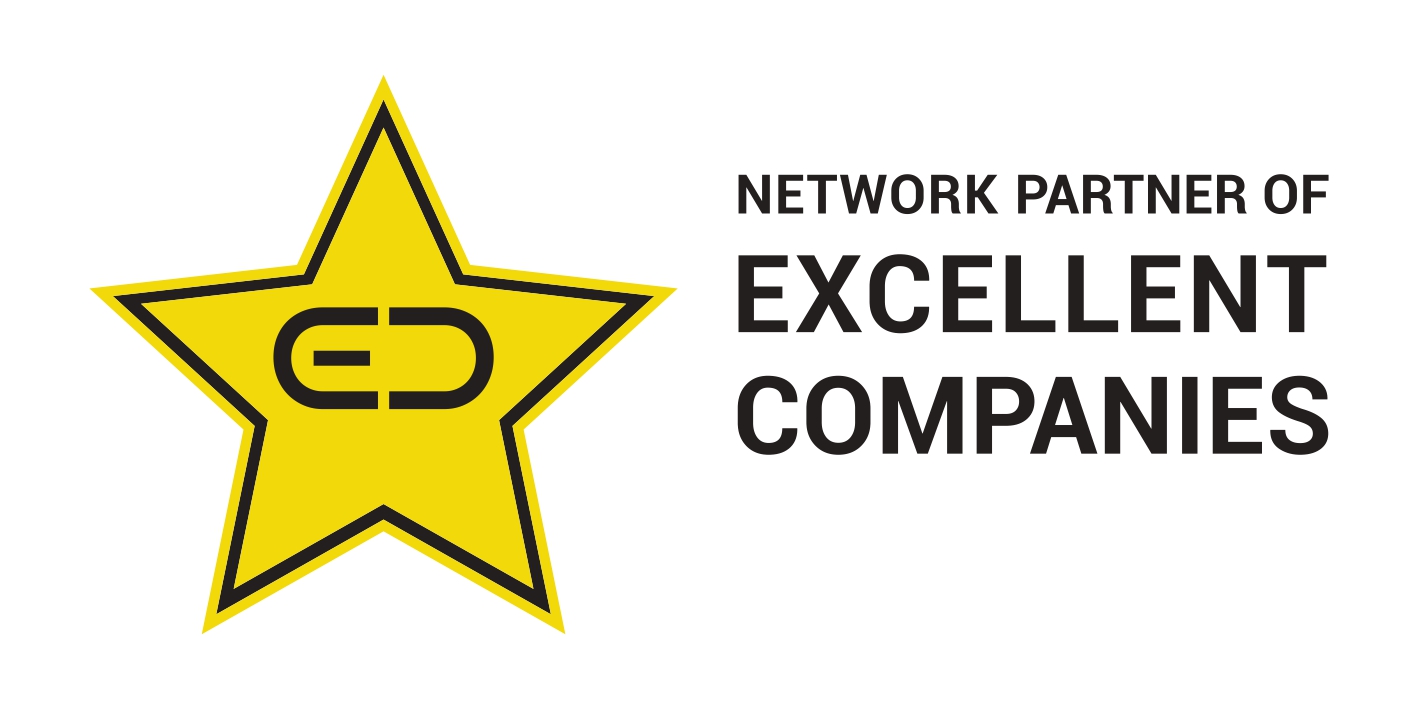December 17th, 2025, posted in for_founders
by Adelina
When deciding to build a piece of software, you might be tempted to go for a pre-made solution, or template. But do templates really offer what you need or do they just seem to be a convenient solution?
Templates help you build software much faster. You pay a flat price and you get a pre-made app that you slightly customize to fit your needs and branding. It sounds very straightforward, until your customers ask for something new. Or for bug fixes. Or you want to provide a new feature or service but the template restricts you to what it came with.
That’s where custom software solutions excel. Yes, you’re paying more. Yes, it takes longer to get built. But you get to build exactly what you want, and how you want it. You get to control everything that goes into it, how it works, and you can fix it when it breaks.
So in this article, we’re going to discuss the difference between software templates and custom solutions, so you can properly decide which fits your business goals best.
What are pre-made software solutions?
If you want pancakes, you can go to a brunch place and buy pancakes made by someone else. Or you can buy some pancake mix, throw it in a pan and add your syrup of choice. Just like that, pre-made software solutions are these pre-made, almost good-to-go pancakes. In these software solutions, you can customize bits but not the entire system under the hood. The pancakes made by someone else are like custom software solutions you hire full teams for.
These pre-made solutions can be:
- Already-existing software such as the Office package or the Adobe apps. In some situations, you might go for something like Excel to manage your business. The features you need that it doesn’t provide is what you’ll use other pieces of software for.
- CRM solutions such as Wordpress, Shopify or Squarespace. These help you quickly build blogs, portfolio websites or online stores. They come with pretty much everything you’d need and with plenty of customization options for the UI.
- Frontend packs that help you build an app’s UI. These packs, which you can find named as “themes” are pieces of code that cover just the look of your app. You’ll need to provide the backend yourself, otherwise the UI won’t display anything. This works great if you can build the backend yourself. This is what our partner Creative Tim does.
- Backend packs that you can add your own frontend to. The reverse to the themes mentioned above, these packs of code help you build complex features when you can’t provide the backend yourself. This, of course, means you’ll have to provide the frontend.
Depending on what you actually need, you can pick one of these options to fulfill your software needs. In the case of software ideas that fit what these solutions provide, you won’t need to go for something else. For instance, if you’re just building an online store and your budget isn’t made of hundreds of thousands of dollars, Shopify could be just enough for you. But if you’re building an entire online marketplace where you invite several businesses to sell products, build their own store fronts, manage stats and invoices, you’ll need a custom tool - as this is more complex than what WooCommerce or Shopify could offer.
Are these solutions bad, or less than custom solutions? No. You don’t have to spend $500K over 6 or more months to build a piece of software if some of these solutions already provide what you need for less. Unless you’re a major corporation and you want your software to be 100% your own, or if you’re building something really complex that these solutions don’t cover.
Summed up, pre-made software solutions are great in situations where you can do some of this on your own - and you’d like to do so - but you’re missing a little something. You can do UI yourself but not the backend. Or you’re making your own products but don’t have the skills or knowledge to build your own online store. But the more custom and unique you wanna go, the less pre-made solutions can do for you.
What are custom software solutions?
Custom software is software you’ve built from scratch based on your own goals and desired specifications. It’s the pancakes you ordered at a restaurant, or made yourself after buying and mixing each ingredient.
Custom software development is actually what we do here at UPDIVISION. Businesses come to us with an idea and/or a series of functionalities they need, we design the software, approve it and its specs and get to building it from scratch.
The type of projects we work on are, of course, the type you couldn’t easily do with pre-built tools. That’s the big benefit of building custom software: you can do it however you want, and you can add the type of features you want, as long as technologies we have allow it (we certainly can’t build a robot that cooks, for instance, but we can build a recipe & food tracker).
How do you get these solutions? You can build your own IT department, hire developers, designers, QA engineers and project managers and do it all in-house. For smaller projects, you can only hire the engineers and/or the designers. Or you can hire an entire company that builds custom software for a living. Some companies provide both of the last 2 options, just like us.
Now, here’s a caveat to this way of doing software: you can certainly mix custom software solutions with templates. UI kits made both for design software and code languages can speed up development time. You’re still building your app from scratch, but you’re using a few pre-made puzzle pieces as well. Similarly, developers often use plugins to quickly write bits of code that are so standard it would be a waste for them to write them from scratch, such as date & time pickers.
Summed up, custom software means you choose the technologies used, you choose all the styling options and your preferred UI, you choose all the features and how they get built. You either build it yourself or someone does it for you. It works best when your app is very complex and unique.
What’s your best option, a template or a custom software solution?
There are multiple factors that go into this type of decision. As we’ve described, the biggest difference between these options is how custom your intended software is - the less custom, the clearer it is that using a pre-built solution is better for you.
Here are the main factors you should consider:
- Your budget. The less money you have, the less custom you can go. Hiring an entire software development team to get them to build your app from the ground up means paying thousands of dollars. That will most likely happen over several months, but so would paying for a pre-built solution, should you go for a subscription model.
- The size of your team. If your team is composed of you and your dreams, you might want to go for a template. If you’re accompanied by one or two developers, you can buy a frontend or backend pack and have them build the missing part. But if you’re part of an entire, fully-fledged company or enterprise, equipped with a development team, you can try building your software from the ground up.
- You desired time frame. If you need something really fast, custom dev might not be your best option. To build truly great software, you need at least a few weeks or months. You can certainly get a design quickly, but coding takes time, and so does the quality assurance stage. Skipping that means putting out software that people might end up not even using.
Before committing to one or the other, you can explore both options. You can get free trials or free demos of pre-made tools. Our partners at Creative Tim provide free versions to all their dashboards. This way, you can play around, add your own data and branding, and find out if said tools provide what you need.
On the other hand, you can’t preview custom development the same way. But you can sit down with outsourcing companies or developers and have a detailed chat about what custom development involves and how it could impact your app.
We offer a free product roadmap through which you can figure out key steps for your app building process, and thus whether or not you need to go the custom development way.
We, of course, can’t make this decision for you. We can consult and help you figure out what would work best. But in the end, you gotta know what you want and what your resources are. You can’t go into building very custom software with a very tiny budget. But if templates don’t provide enough, we might be able to find a middle ground.
To sum up, we have found that templates and custom software solutions are both good choices, depending on who’s looking at them. You’re not taking the easy route if you choose to build your software using pre-built tools. If they provide just what you need, why do it the hard way?
But when your software idea is so unique that no pre-built tool seems to provide what you need, your best choice is customizing it all.
We do that for a living, so drop a line and let’s chat about your software idea.

















